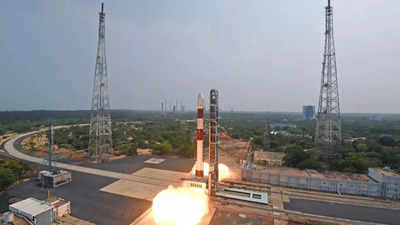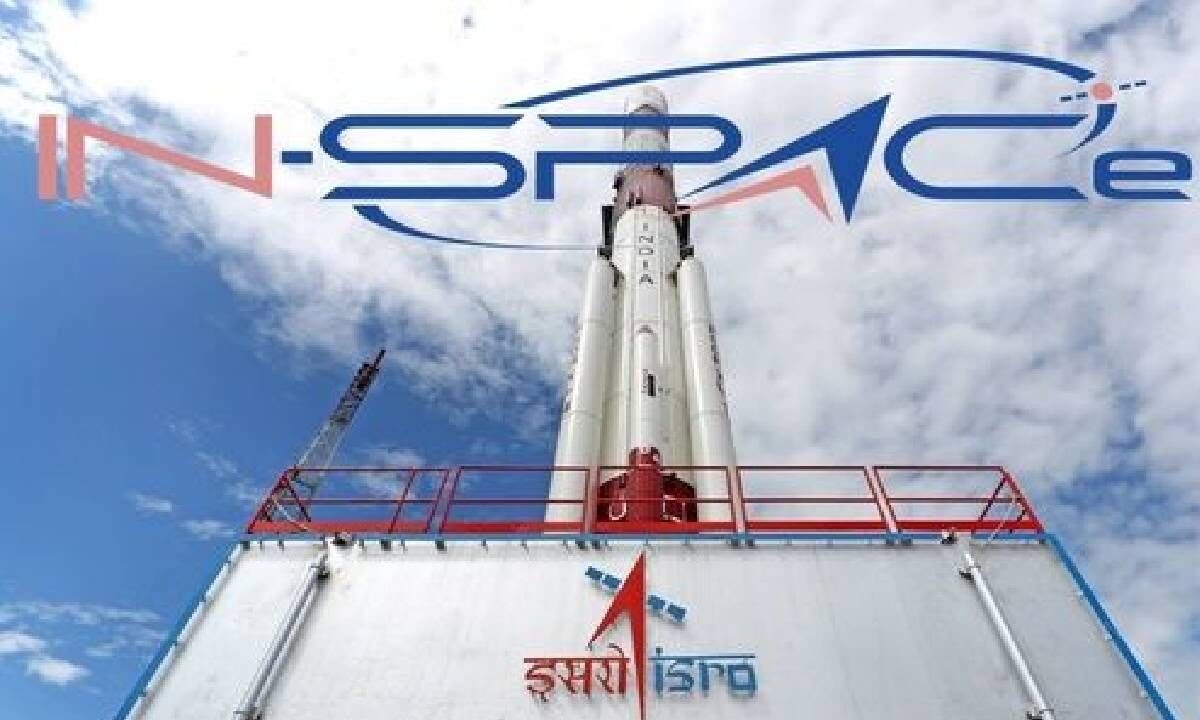As
@Indx TechStyle said in the above posts, ISRO, and India, first needs the 'appetite', the requirement, to justify bigger budgets. I'd say that we have a lot of scope for refining our goals and ensuring laser sharp focus on them....
1) First, let's start with the military. Do we have a satellite-based ISR network as widespread as the Americans (regionally speaking), to ensure 24x7 coverage of every single inch of the Loc and the LAC? No. So, let's build one. Let's plan to have, say, 30 - 40 such dedicated spy satellites.
2) Second, navigation. We have our own IRNSS (NaVIC). Its small, and regional. Let's upgrade the specs, and spread its coverage, gradually aim for global services. We'll need dozens of major (and maybe, hundreds of micro) satellites and payloads for this purpose, so let's aim for that.
3)Third, interplanetary missions, deep-space research, probes, etc. We want more demand from here, we need increased frequency of such missions.
4) Human spaceflight. We're taking the first, ultra-critical steps for that. Let's detail or plans after Gaganyaan. Orbital refuellers, our very own space-station, so many applications. ISRO will need a lot of manpower and money for this one.
Necessity is, after all, the mother of invention, innovation and bigger budgets...



